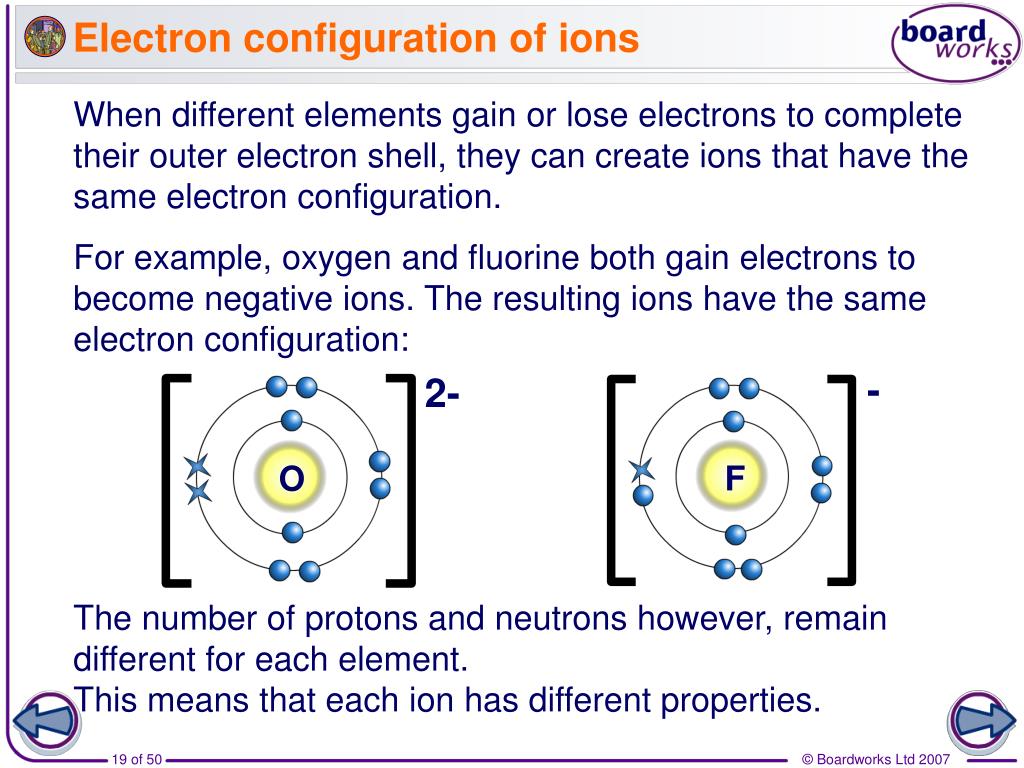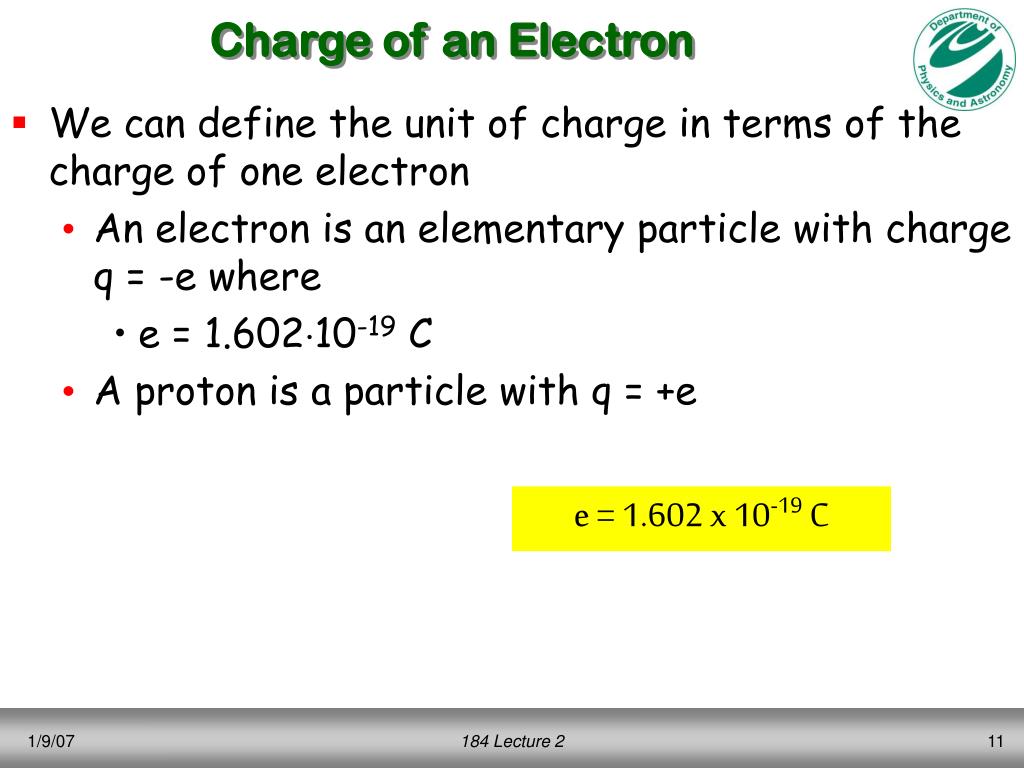

The method used for measuring m e is to measure the Rydberg constant ( R ∞) and calculate m e from it ( m e = 2R ∞h/(cα 2 ) the Rydberg constant is, in the words of the paper (by Peter J. Four of the other fundamental physical constants are c (speed of light in a vacuum), e (the charge of the electron), h (Plank’s constant), and α (fine structure constant).


The mass of the electron is one of the fundamental physical constants, so called because they are widespread in theories of physics, and because they are widely used in the application of those theories to other branches of science and to practical uses (such as engineering). The first such CODATA set was dated 1973, the second 1986, the third 1998, the fourth 2002, and the fifth (the current set) 2006.” Its purpose is to periodically provide the international scientific and technological communities with an internationally accepted set of values of the fundamental physical constants and closely related conversion factors for use worldwide. The CODATA Task Group on Fundamental Constants was established in 1969. It seeks to improve the compilation, critical evaluation, storage, and retrieval of data of importance to science and technology. Per NIST (the US National Institute for Standards and Technology), “ CODATA was established in 1966 as an interdisciplinary committee of the International Council of Science (ICSU), formerly the International Council of Scientific Unions. Some background: CODATA stands for Committee on Data for Science and Technology. It was published in March 2007, and is referred to as the 2006 CODATA recommended value. The mass of the electron, or the electron’s mass, written as m e, is 9.109 382 15(45) x 10 -31 kg.


 0 kommentar(er)
0 kommentar(er)
